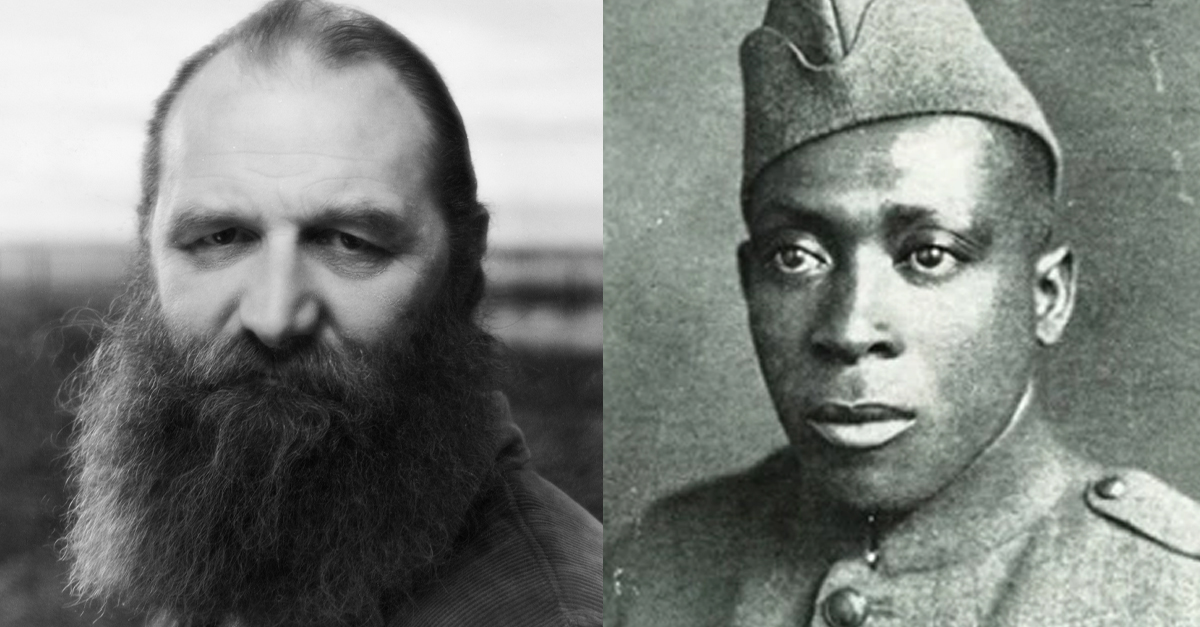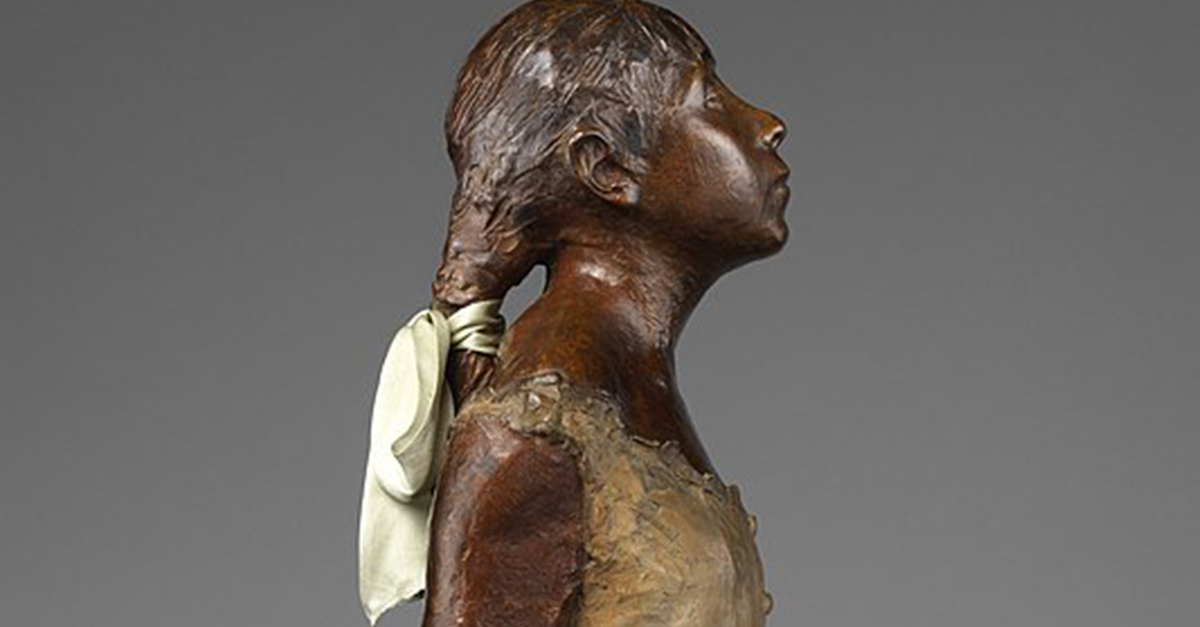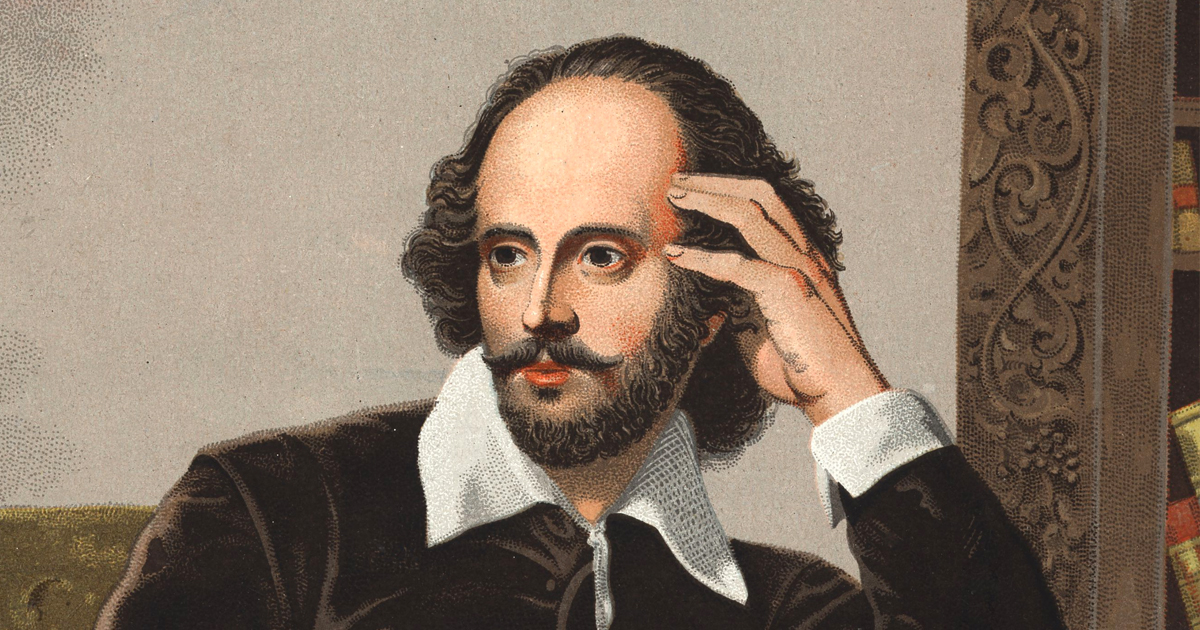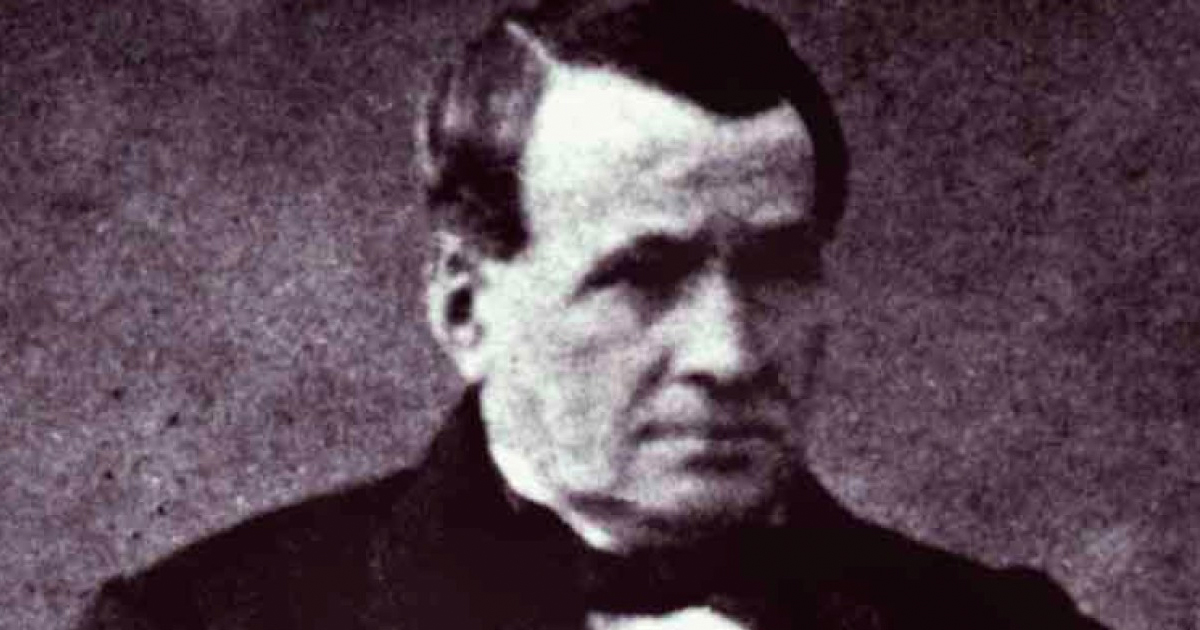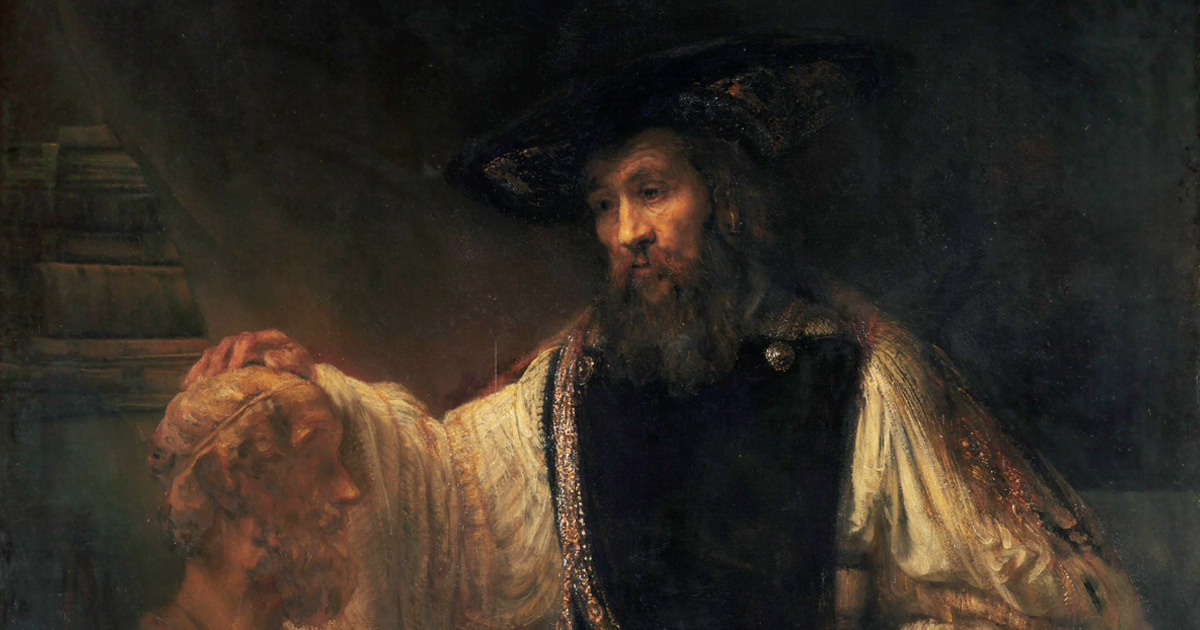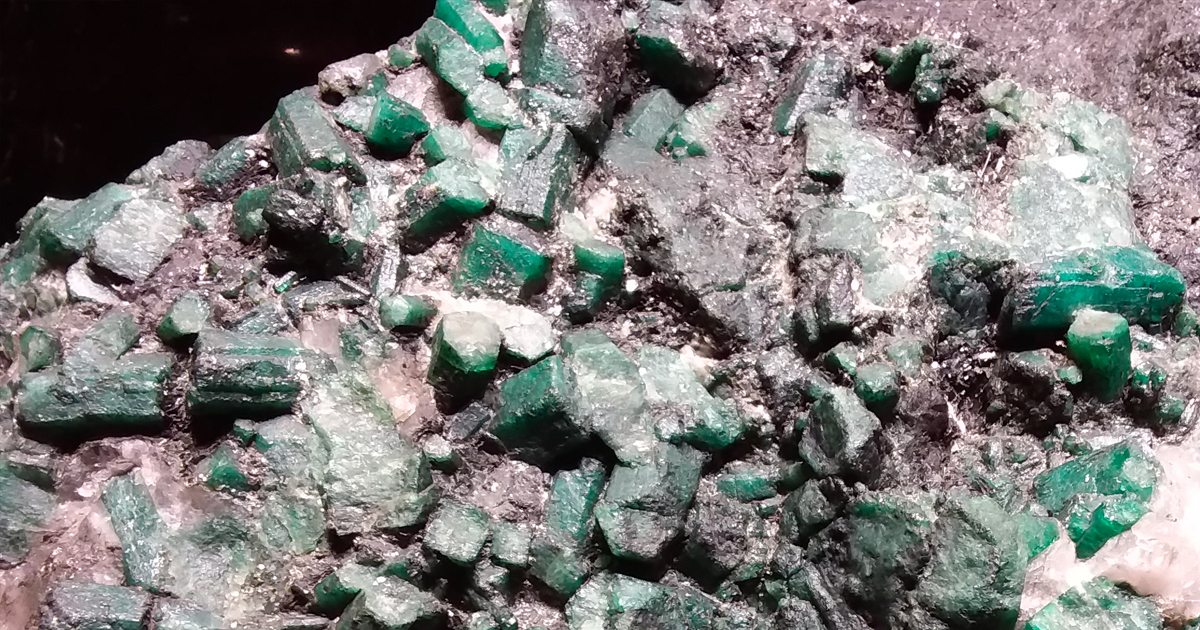You Think You're Tough?
What does it mean to be tough? We classify it in different ways; physical, mental, emotional, but toughness is seldom an aim unto itself. As illustrated in the examples below, toughness— the essence of being tough—is only a means to another goal.
The following men redefine what it means to be a Tough Guy.
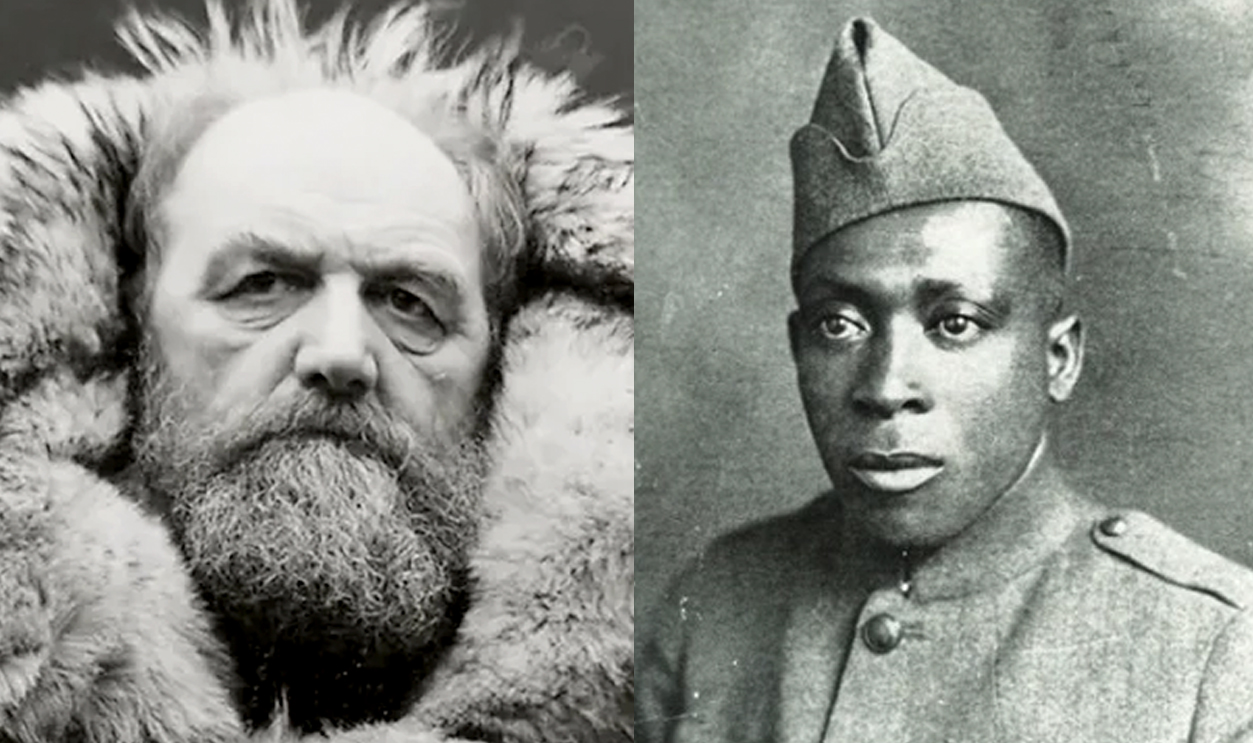
Aron Ralston
While hiking alone in Wayne County, Utah, a boulder came unstuck and crushed Aron Ralston’s right hand against the wall of the canyon. His whereabouts unknown, Ralston suffered under the weight of the boulder for six days until he managed to amputate his own arm using a multi-tool.
 Aron Ralston, CC BY-SA 3.0, Wikimedia Commons
Aron Ralston, CC BY-SA 3.0, Wikimedia Commons
Mauro Prosperi
In a similar misadventure, Mauro Prosperi enlisted in the 156 mile Marathon des Sables in the Sahara desert. After completing over 53 miles of the course, Properi encountered a sandstorm that severely obscured his vision, causing him to go off course. When the storm ended, he made a chilling realization: He had no idea where he was.
Suffering dehydration, Propperi wandered the desert for eight days before he was found by a young girl who was terrified by his appearance. Prosperi was later loaded onto a camel and identified by authorities.
Jose Salvador Alvarenga
A fisherman from El Salvador, Jose Salvador Alvarenga found himself adrift in a small boat in the middle of the Pacific ocean. After losing his fishing partner to starvation, Alvarenga survived for 14 months, without sails, without anchor, with no form of contact, no power, and only a cramped plastic box for shelter.
He was rescued after swimming to the shore of a small island—the first he'd approached in over a year.
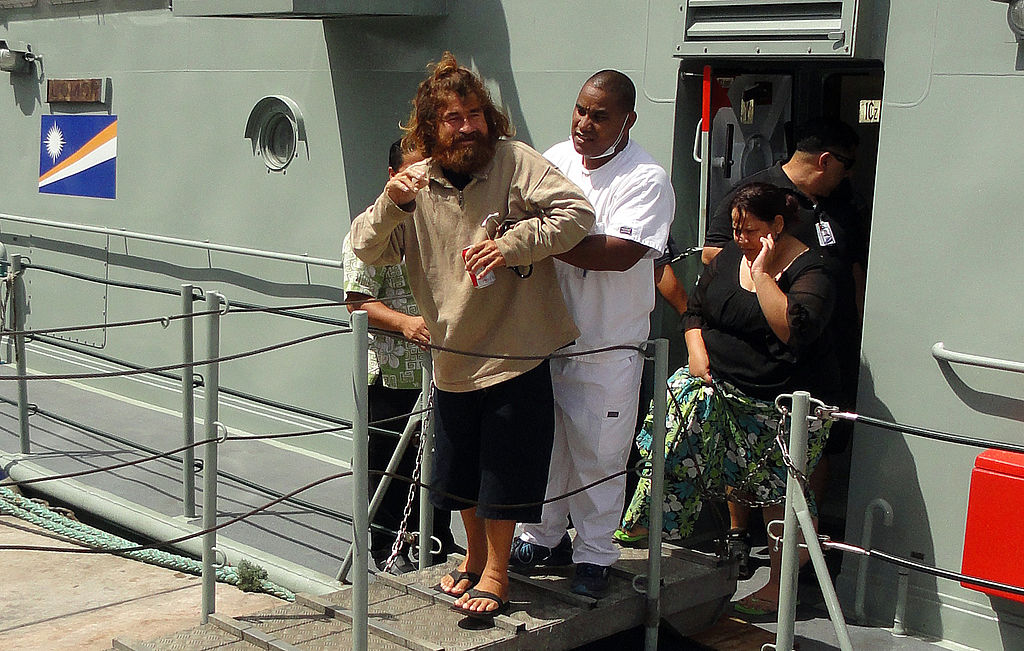 GIFF JOHNSON/AFP, Getty Images
GIFF JOHNSON/AFP, Getty Images
Ernest Shackleton
The ill-fated Endurance expedition to Antarctica left Ernest Shackleton and his crew of 27 men stranded in the isolated South Pole. After their ship became trapped in pack ice, the crew suffered a number of misfortunes and were forced to abandon the ship. They eventually found themselves on an ice floe, drifting toward the arctic ocean, before getting marooned on the desolate Elephant Island.
Starved, frozen and suffering from ailments that would haunt the nightmares of the toughest Marine, Shackleton and his crew entire crew survived the ordeal—but rescue didn't come until 20 months after setting out on the expedition.
 James Murray, Wikimedia Commons
James Murray, Wikimedia Commons
James W. Whittaker
Despite running out of oxygen, James W. Whitaker became the first American to reach the summit of Mount Everest in 1965. After spending the night at the highest altitude camp, with 60 mile-per-hour winds, temperatures at -30, and frostbite in one eye, Whittaker ascended the summit with sherpa Nawang Gombu by his side.
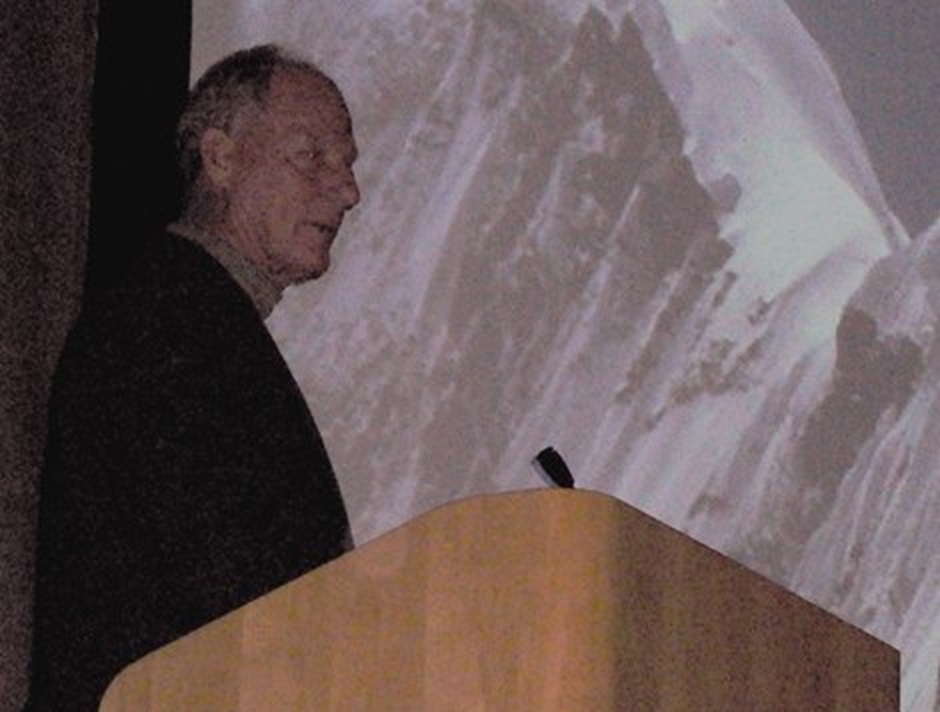 jurvetson, CC-BY-2.0, Wikimedia Commons
jurvetson, CC-BY-2.0, Wikimedia Commons
Samuel Whittemore
At 78 years old, Samuel Whittemore was easily designated the oldest known colonial combatant during the American Revolution. Working his fields, Whittemore eyed a British relief brigade approaching under the command of Earl Percy.
Well armed, Whittemore ambushed the brigade from behind a stone wall, claiming three casualties. Enduring several severe wounds, Whittemore survived the encounter and lived another 18 years.
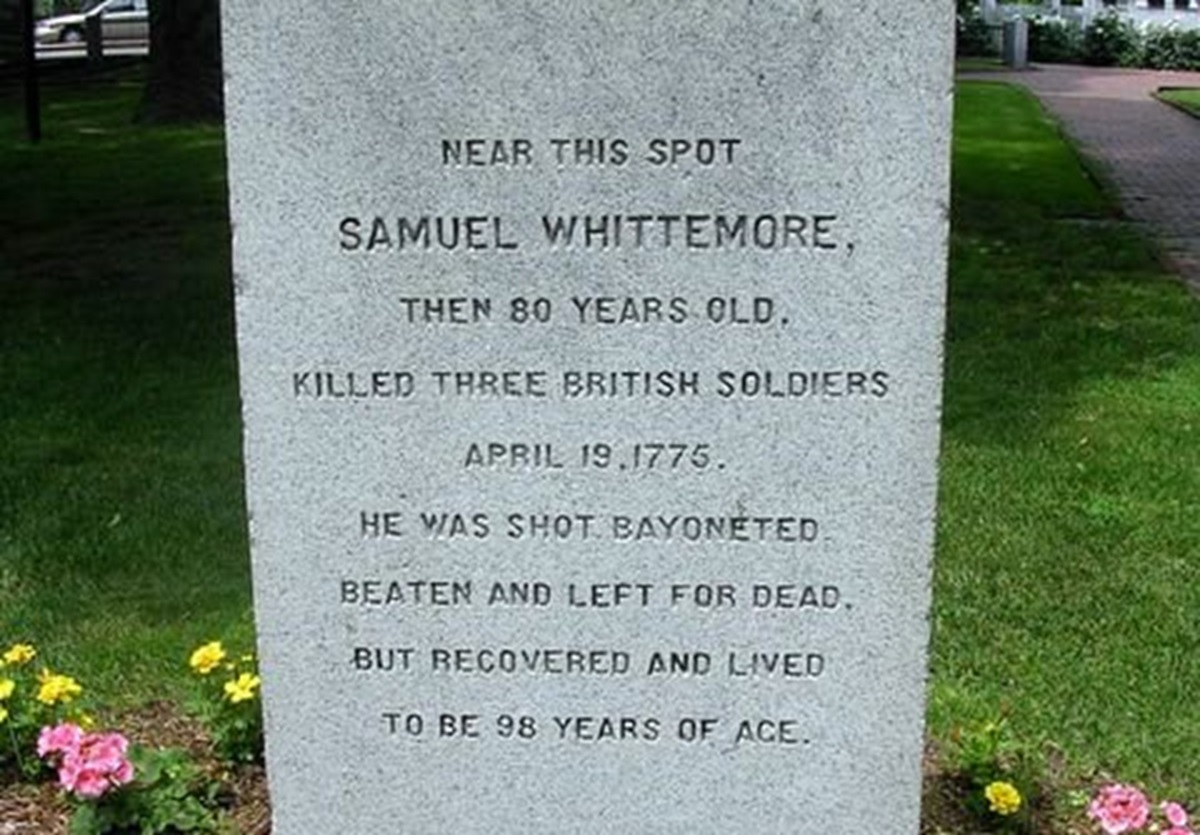 Bhenricksen, Wikimedia Commons
Bhenricksen, Wikimedia Commons
Roy Benavidez
Serving in Vietnam, Roy Benvidez stepped on a landmine and was told he would never walk again. The Special Forces advisor not only walked, but returned to combat three years later. But his trials weren't over yet: In an effort to assist a trapped patrol unit, Benavidez suffered 37 further wounds during a six-hour battle.
Remarkably, Benavidez survived his injuries and was awarded the Medal of Honor.
 Ron Hall, US Air Force, Wikimedia Commons
Ron Hall, US Air Force, Wikimedia Commons
Albert Jacka
Awarded the Victoria Cross for infiltrating a Turkish trench during the Gallipoli campaign, Albert Jacka resumed his role in the Australian Imperial Force to participate in raids against German trenches in France. Early one morning in 1916, Jacka came across a large portion of Germans taking his fellow infantrymen prisoner.
With only seven men at his side, Jacka engaged in brutal hand-to-hand combat. He suffered seven wounds, but managed, with the aid of his crew, to capture 50 Germans and retake the battle line.
 Australian War Memorial ,Wikimedia Commons
Australian War Memorial ,Wikimedia Commons
Witold Pilecki
After co-founding the Secret Polish Army, Witold Pilecki was captured—voluntarily—by occupying Germans with the intention of infiltrating the Auschwitz concentration camp. Pilecki went on to organize a resistance movement from within the camp involving over 100 inmates before escaping after three years.
His efforts resulted in "Witold's Report" from 1943, the first detailed account of the horrors occurring within Auschwitz.
 Unknown Author, Wikimedia Commons
Unknown Author, Wikimedia Commons
Helge Meyer
Known by his 1979 “Ghost” Camaro, Danish special forces officer Helge Meyer spent over a decade driving his heavily-equipped automobile across battle lines in Yugoslavia, Bosnia, Croatia, and Kosovo, delivering critical resources like food and supplies to civilians.
Daniel Inouye
Daniel Inouye suffered wounds to the stomach while serving as an American Sergeant in San Terenzo, Italy during WWII. Despite the injury, Inouye proceeded with the attack, later losing an arm during the battle. But it was even worse than it sounds: In the grip of his amputated arm was a live grenade, which he managed to pry this grenade from his own fingers and launch toward a German infantryman.
Somehow Inouye still continued on the assault until he suffered another wound in his left leg. Tough until the end, Inouye survived his many injuries and went on to serve as a senator from 1963 to 2012.
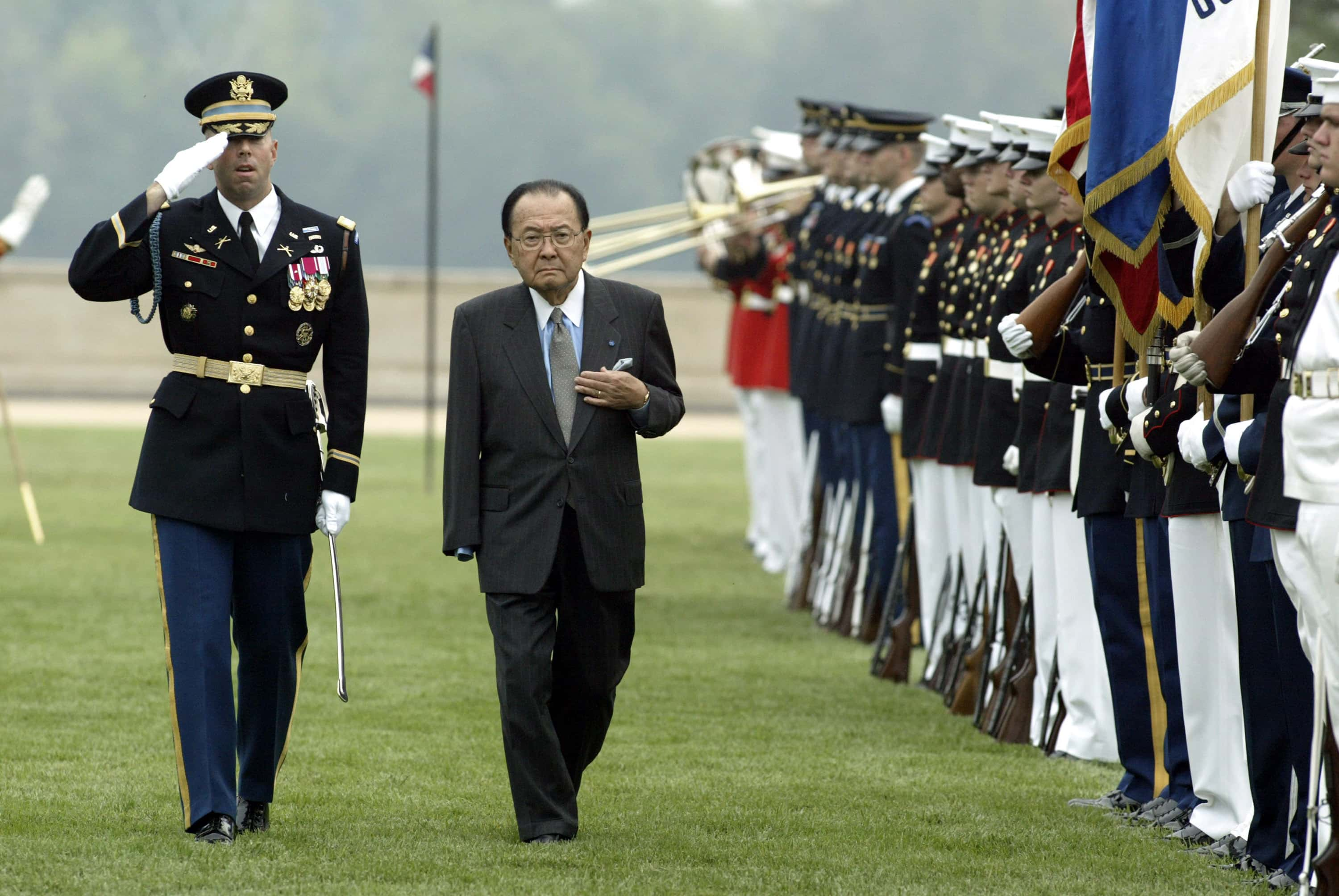 Matthew Cavanaugh, Getty Images
Matthew Cavanaugh, Getty Images
Desmond Doss
With the option to remain safe at home doing shipyard work, Desmond Doss bravely chose to serve overseas when the US entered WWII—but not to fight. As a Seventh-day Adventist, Doss’s personal beliefs stopped him from carrying a firearm into battle.
Instead, Doss served as a medic, saving the lives of nearly 100 infantrymen while suffering significant wounds himself. To honor his exceptional valor, Doss was awarded the Bronze Star Medals.
 United States Army, Wikimedia Commons
United States Army, Wikimedia Commons
Galvarino
Taken prisoner during the Battle of Lagunillas in Chile, the legendary Mapuche warrior Galvarino suffered the punishment of having both hands amputated. Eventually returning to his tribe, Galvarino was selected to command a squadron. Having knives fastened to his mutilated wrists, Galvarino was a terrifying sight on the battlefield in future engagements.
He used the sight of his missing hands to galvanize his comrades.
 La Araucana, Wikimedia Commons
La Araucana, Wikimedia Commons
Peter Freuchen
Danish explorer Peter Freuchen took part in the First Thule Expedition, crossing 620 miles across a desolate ice sheet in Greenland. During the expedition, Freuchen was trapped in an avalanche and forced to use his own frozen human waste to fashion a dagger and free himself.
Later in his life Freuchen was active with the Danish Resistance Movement during German occupation, The Germans eventually captured him and planned to execute him, but he managed to escape—despite the fact he had lost a leg years earlier due to frostbite.
 Knud Rasmussen, Wikimedia Commons
Knud Rasmussen, Wikimedia Commons
Leo Major
Commonly known as Canada’s Rambo, Leo Major single-handedly captured a German armoured vehicle during the Invasion of Normandy. He lost an eye during the battle, but continued his service as a scout and a marksman and continued to distinguish himself for bravery.
At the Battle of the Scheldt, Major managed to single-handedly capture 93 German infantrymen .
 Jmajor, CC BY-SA 3.0, Wikimedia Commons
Jmajor, CC BY-SA 3.0, Wikimedia Commons
Henry Johnson
William Henry Johnson suffered 21 wounds in pitched hand-to-hand in a vicious German raid, but managed to repel the invaders despite their advantage in numbers, claiming several German casualties and rescuing a friendly soldier. In 1918, Johnson was awarded the Croix de Guerre by the French government, but not long after returning to America, he died penniless and forgotten in 1929.
In 2015, he was posthumously awarded the Medal of Honor by Barack Obama.
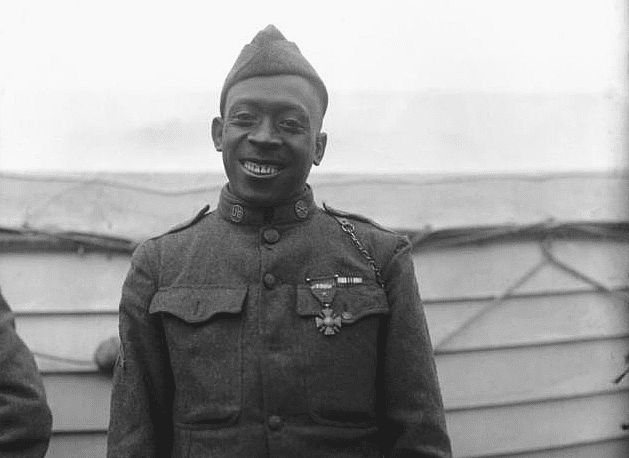 Miller, Kelly, Wikimedia Commons
Miller, Kelly, Wikimedia Commons
Major Hugh Thompson
Toughness doesn’t always mean surviving brutal wounds or months stranded in the wilderness. In Vietnam, Hugh Thompson Jr. and his crew prevented a large-scale atrocity. The My Lai massacre saw US troops slaughtering innocent Vietnamese civilians, until Thompson stepped in.
Thompson and his helicopter crew forcibly intervened to stop American soldiers from more killing, and escorted Vietnamese civilians away from the advancing American ground units.
Thompson later testified against those involved, but continued to serve in Vietnam, flying observation missions in his helicopter which was repeatedly struck down by enemy fire. In one such incident Thompson suffered a broken back during a crash landing.
Raoul Wallenberg
Arriving in Budapest, Swedish diplomat Raoul Wallenberg displayed an innovative form of toughness as he began issuing “protective passports” to Jews to prevent their deportation to German concentration camps.
Wallenberg rented 32 buildings in Budapest, declaring the buildings Swedish “extraterritorial” territory protected by diplomatic immunity. He used these buildings to house nearly 10,000 people escaping German imprisonment.
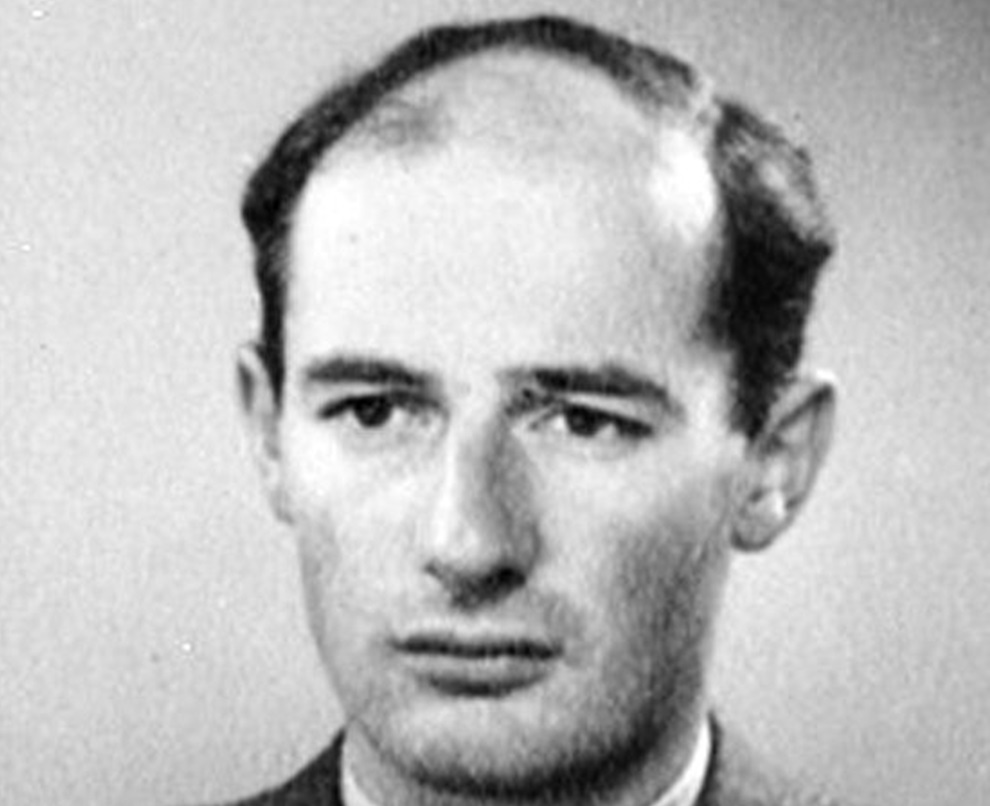 Unknown Author, Wikimedia Commons
Unknown Author, Wikimedia Commons
Audie Murphy
Underweight and underage, Audie Murphy enlisted in the army by falsifying his birth documentation—and lets just say, no one regretted taking him in.
Murphy fought in the Allied invasion of Sicily, the Battle of Anzio, the liberation of Rome, and finally in the invasion of Southern France. Murphy’s greatest act of toughness was single-handedly defending the Colmar Pocket in France from an entire company of German infantrymen. Then, when reinforcements arrived, despite being wounded and unarmed, Murphy personally led the counterattack.
Ba Van Nguyen
Toughness may as well have been Ba Van Nguyen’s middle name. Serving as a Major in the South Vietnamese Air Force, Nguyen acquired a CH-47 Chinook helicopter and with his three children and wife on board, flew the chopper out of Saigon, escaping communist forces.
Running low on fuel above the South China Sea, Nguyen was able to pilot the helicopter to the USS Kirk aircraft carrier, which was taking on Vietnamese refugees. Since the chopper was too big, Nguyen signalled American sailors to catch his family, before leaping into the ocean mere moments before the helicopter crashed into the water.
Ben L. Salomon
Recipient of the Medal of Honor, US Army Dentist Ben L. Salomon exhibited incredible courage as he defended his station against a Japanese assault during the Battle of Saipan on July 7, 1944. He suffered 76 wounds in the attempt, but managed to take out nearly 100 Japanese soldiers, giving them time to evacuate the wounded, before he was slain.
He posthumously received the Medal of Honor in 2002, one of only three dentists to be given the honor.
 Unknown Author, Wikimedia Commons
Unknown Author, Wikimedia Commons
Rubin “Hurricane” Carter
Inspiring a major motion picture as well as a Bob Dylan song, the story of Rubin Carter illustrates multifaceted toughness. As a champion middleweight boxer, Carter earned the nickname “Hurricane”. As an innocent man, Carter displayed emotional toughness, serving nearly 20 years of imprisonment.
 Michael Borkson, CC BY-SA 2.0, Wikimedia Commons
Michael Borkson, CC BY-SA 2.0, Wikimedia Commons
Jack Churchill
John Malcolm Thorpe Fleming Churchill, better known as “Mad Jack,” served as a Lieutenant Colonel for the British Army. During his extensive service, “Mad Jack” was known to use a variety of tools to defend himself in WWII, including a longbow, a broadsword, and a set of bagpipes.
In addition to his heroism displayed during battle, “Mad Jack” is also credited with coordinating the evacuation of 700 doctors, students, and patients of the Hadassah hospital on the campus of the Hebrew University in Jerusalem.
Robert Smalls
Born into slavery, Robert Smalls personally inspired Abraham Lincoln to accept African Americans into the Union Service. In Charleston Harbour, the enslaved Smalls took possession of a Confederate transport ship, sailing it from Confederate territories to a Union-controlled enclave, thus freeing himself, his crew, and the families of his crew.
 Library of Congress, Wikimedia Commons
Library of Congress, Wikimedia Commons
Joe Medicine Crow
As a scout in the 103rd Infantry Division, Joseph Medicine Crow accomplished incredible acts of toughness in WWII. During battle, Crow managed to disarm an enemy without fatally harming him. Crow also managed to sneak in and take 50 horses from a German army camp.
As he rode off with the horses, the Crow allegedly sang a traditional honor song of the Crow tribe.
 US Government, Wikimedia Commons
US Government, Wikimedia Commons
Lachhiman Gurung
In Myanmar during WWII, after losing his right hand in battle and suffering several other wounds, Lachhiman Gurung continued to fight for four interminable hours. The Nepalese-British Gurkha inspired his comrades with his resolute toughness, defending his post despite formidable odds.
They called him "the man who took on 200 soldiers with only one hand".
Chuck Yeager
As a test pilot and United States Air Force Officer, Chuck Yeager exhibited toughness in the skies. Surviving a crash in France and then escaping to Spain, Yeager was reinstated and managed to down two enemy aircraft just by sheer manoeuvring of his P-51.
As a test-pilot, Yeager became the first person to break the sound barrier—despite suffering two broken ribs falling off of a horse before his scheduled flight.
Paddy Mayne
During his college years, Robert Blair Mayne, AKA Paddy Mayne, excelled in sports, becoming a university heavyweight boxing champion and winning various rugby tournaments. Later serving in the British Army, Mayne took part in many night raids behind enemy lines.
Mayne went on to work closely with the French Resistance and was widely recognized for his uncanny ability to disregard danger.
 Unknown Author, Wikimedia Commons
Unknown Author, Wikimedia Commons
Francis Pegahmagabow
As a skilled marksman, Francis Pegahmagabow suffered serious injuries and exposure to chlorine gas. Nonetheless, he carried messages along battlelines, guided lost reinforcements, and venturing into “no man’s land” to gather ammunition for his men.
By WWI's end, Pegahmagabow was credited with killing 378 Germans and capturing another 300.
 Canadian government, Wikimedia Commons
Canadian government, Wikimedia Commons
Aimo Koivunen
Assigned to ski patrol in the Finnish Army, Aimo Koivunen escaped Soviet forces on two different occasions, skiing close to a total of 250 miles. He suffered injuries from a land mine and remained in a ditch for seven days awaiting rescue, subsisting on pine buds and a bird he had caught.
When he was finally admitted to hospital, Koivunen’s heart rate was 200 beats per minute and he weighed only 95 pounds.
 Unknown Author, Wikimedia Commons
Unknown Author, Wikimedia Commons
Joseph Beyrle
Known by the nickname “Jumpin’ Joe," Joseph R. Beyrle is the only known person to have served in combat for both the United States and the Soviets. Participating in airborne landings with the Americans, Beyrle was captured by German infantrymen.
After escaping from the German camp, Beyrle joined a Soviet tank battalion, suffered wounds during battle before finally returning to the US in 1945, eventually surviving to the age of 81.
Smedley Butler
Smedley Butler served extensively during 34 years in the Marine Corps, and is recognized as the only Marine to receive two Medals of Honor and the Brevet Medal, all for separate actions.
Butler displayed particular acts of courage and toughness in Nicaragua and Haiti, such as leading a battalion to relieve the city of Grenada while suffering from a 104-degree tropical fever.
Later, Smedley became an outspoken critic of American imperialism, publishing the controversial book War Is A Racket in 1935. Lowell Thomas later credited Butler with a rare combination: "Moral as well as physical courage".
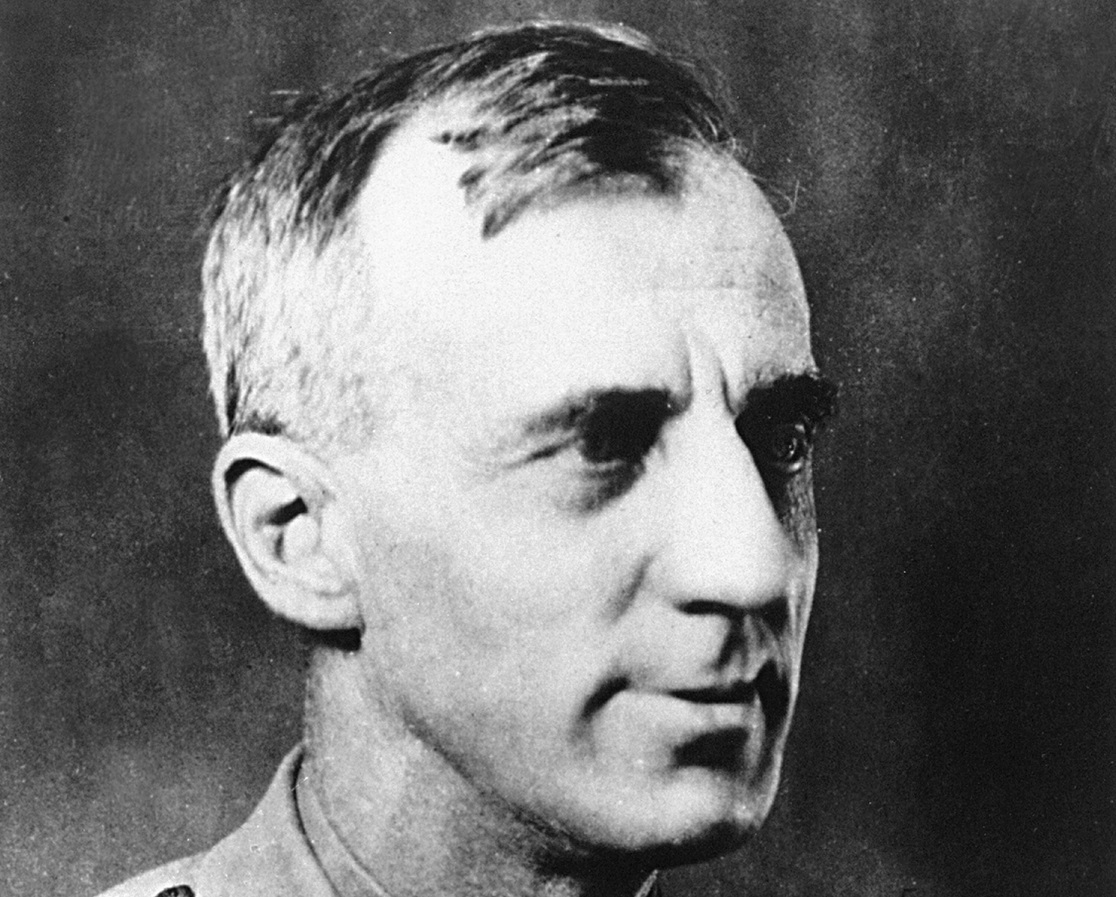 United States Marine, Wikimedia Commons
United States Marine, Wikimedia Commons

